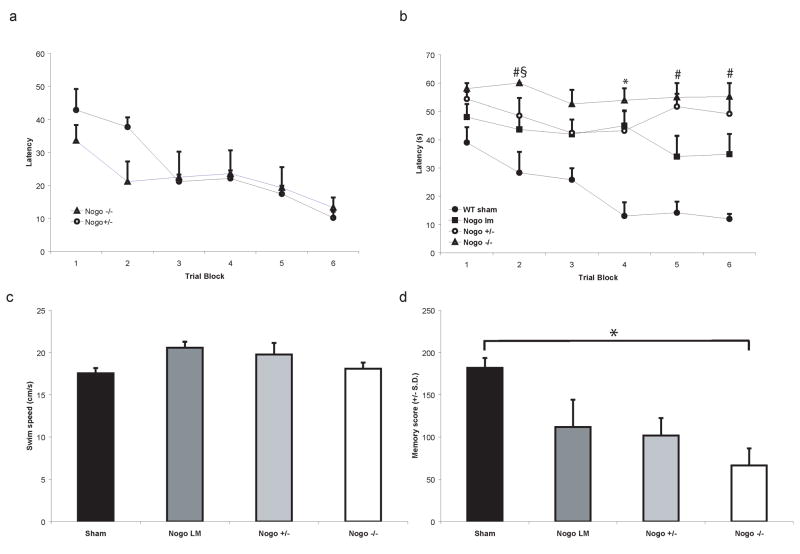Fig. 2. Cognitive performance of naive (a) and sham-or brain-injured mice (b–d).
(a) Latency (seconds ± SEM) to locate the hidden platform using external visual cues in the Morris Water Maze over three days in naïve, uninjured Nogo-A/B−/− mice and Nogo-A/B+/− mice. There were no significant differences among the groups. (b) Latency (seconds ± SEM) to locate hidden platform in the Morris Water Maze over three days with 4 learning trials per block with 2 trial blocks per day, at 4 weeks post-injury. Sham-injured, wild-type (WT) mice rapidly learnt to locate the platform. Brain-injured, age-matched littermate WT controls had significantly longer latencies when compared to the sham-injured group at trial block 4 (*p<0.05). Brain-injured, Nogo-A/B−/− mice (open triangles) performed significantly worse than sham-injured WT controls at all trial blocks. Nogo-A/B−/− mice had significantly longer latencies than brain-injured, Nogo-A/B+/− mice (§p<0.05) and brain-injured WT littermate control mice (#p<0.05). (c) Average swim speed in the MWM at four weeks post-injury (means ± SEM). There were no significant differences among the sham- or brain-injured groups.
(d) Memory probe data at four weeks post-injury, 48 hours following the last MWM learning trial. In this test, the platform was removed and the probe trial for evaluation of memory was performed. Brain-injured, WT littermates showed a trend towards lower memory scores when compared to the sham-injured, WT controls. NogoA/B−/− mice had significantly lower memory scores when compared to the sham-injured WT controls (p<0.05), but were not statistically different from the corresponding brain-injured WT littermates or Nogo A/B−/+ mice.

